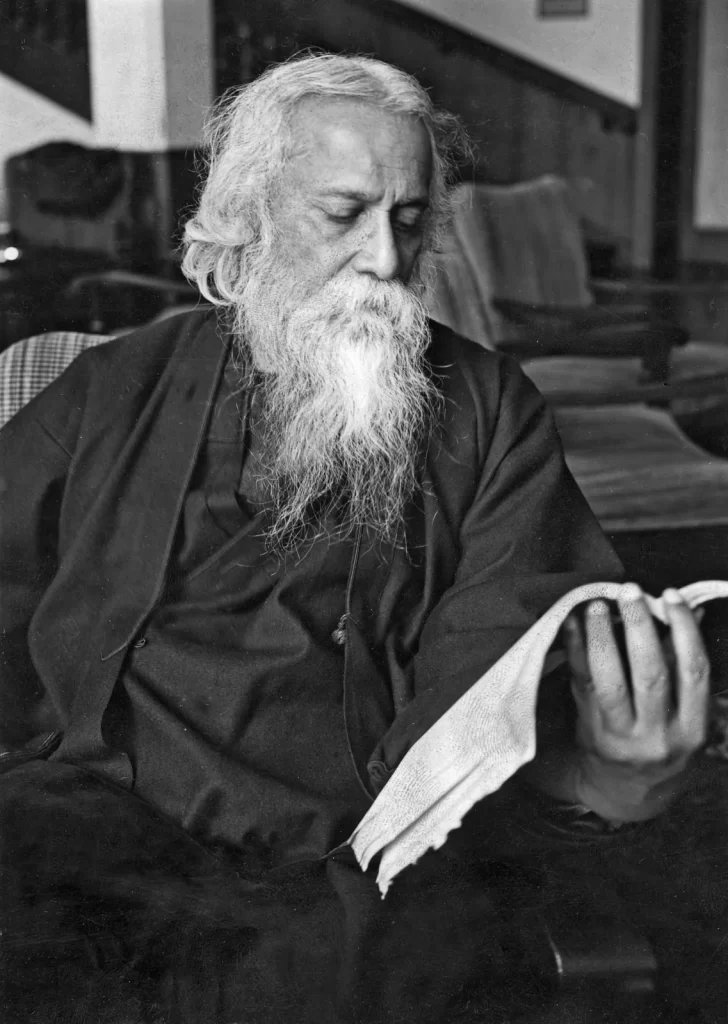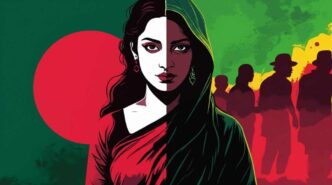When Bengal was partitioned in 1905, Rabindranath Tagore responded immediately by penning the iconic song ‘Amar Sonar Bangla’ as a heartfelt expression of his love for a united Bengal. It was not until 1971 that the song gained widespread popularity, when it was declared the national anthem of Bangladesh. Since then, the national anthem of Bangladesh has faced a lot of criticism through time, the most recent spark being after the fall of the fascist regime of Sheikh Hasina and her Awami League. 
Most of the criticism stems from the fact that the song symbolises a united Bengal rather than a sovereign Bangladesh. Additionally, much has been said about how the writer’s feelings and his creation falls short of capturing the core essence of the Bangladeshi identity and the spirit of the struggle for independence. There is a lot more criticism as netizens say that the song does not have Bangladesh’s name.
The reasons stated for the change of Bangladesh’s national anthem resonate in national anthems of many more countries. Separating the art from the artist has always been a very big debate. But before separating the art from the artist, we need to understand the question, “what essentially constitutes a national anthem?”. Is it the feeling of pride and nationalism that gets pumped into our hearts while we sing it or the literary and metaphorical connotations?
But we know for a fact that alongside flags, currencies, national holidays, national anthems too are a part of the paraphernalia of national packaging; probably the biggest part. All of this meant to unite us with nationalism with the familiar unison, the blending of sound of people wholly unknown to one another but united with their national identity. Bangladeshis have sung this song for many years from now, be it at historical events or standing in a school assembly under the scorching heat singing at the top of one’s lungs.
To many, their national anthem is irreplaceable and even if it is not, there are far too many hurdles to replace it. Many countries have disputed national anthems. India, who have their national anthem also written by Rabindranath Tagore; a lot of debate has sparked over time on its colonial origins and the language used in its lyrics. Yet, the entire population relates to this song through their own interpretation, based on what they think their country stands for. It does not represent everyone nor does the National Anthem of Bangladesh yet people make it represent them.
It belongs equally to a person whose mother tongue is not Bangla but is a Bangladeshi, and to every other minority within this country. In the end, a national anthem, like any symbol, is what a nation chooses to make of it. Its meaning evolves over time, shaped by the collective experiences and emotions of those who sing it. It could be debated and scrutinised because they attempt to encapsulate the complex history and identity of a nation in just a few lines. Debating about national issues is a very good practice and we should be aware of the intricacies of such issues. The anthem may fall short of expressing the specific struggles of Bangladesh’s independence movement, or be inclusive of every minority group signifying secularity, but it is undeniably a timeless reminder of unity and resilience. It is instilled in each and every Bangladeshi, being passed from the previous generation. Art always resonates between people, and it is always up to interpretation. So it is important that people make their own interpretation of art and internalise that emotion within themselves, as many Bangladeshis have already done with the national anthem
So, the next question that comes up is what song do we replace it with? Any other songs that come to my mind come short in one or other regard. There are a lot of songs that have a great patriotic feel to it but none of them are all encapsulating, and we surely cannot argue them to be so. There have been a lot of names such as “Dhono Dhanne Pushpe Bhora”, written by Dwijendralal Ray. This song was written at the same time as ‘Amar Sonar Bangla’ and the purpose behind its writing is also the same – The partition of Bengal. So, the songs that come to our heads are really not perfect in the sense that we think that they are.
In the grand scheme of things, while trying to change our national anthem we might be overlooking a lot of things that require urgent attention. As long as we can fill up our lungs full of patriotism and sing to the tune of our national anthem, we will always be alright. Our identity is within our own hands and not judged on the basis of our national anthem. Until which, ‘Amar Sonar Bangla’ can be a part of our proud identity as long as we can bear it to be.






